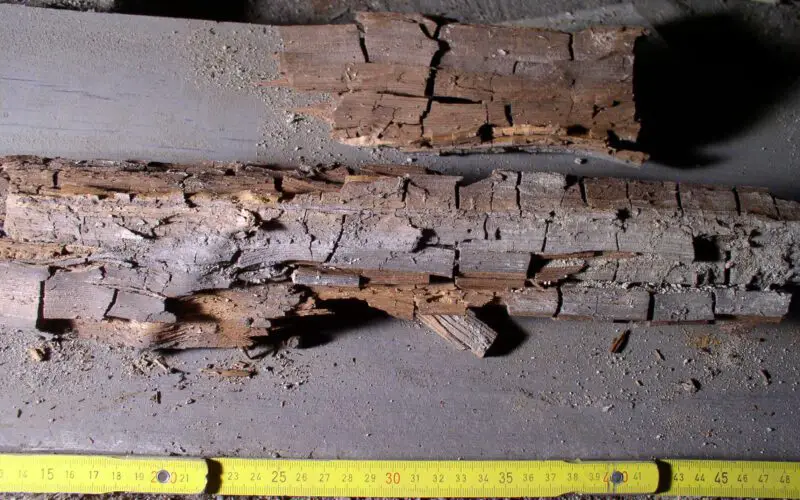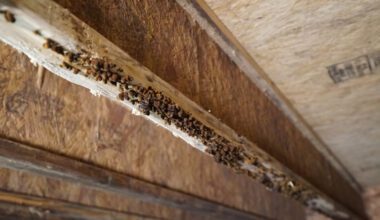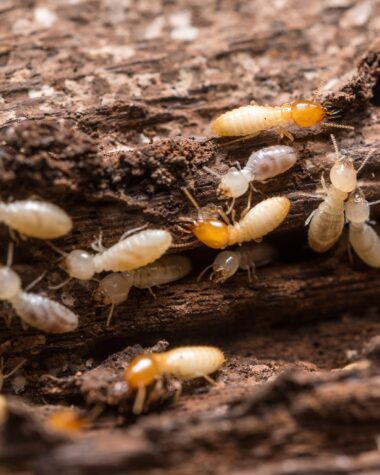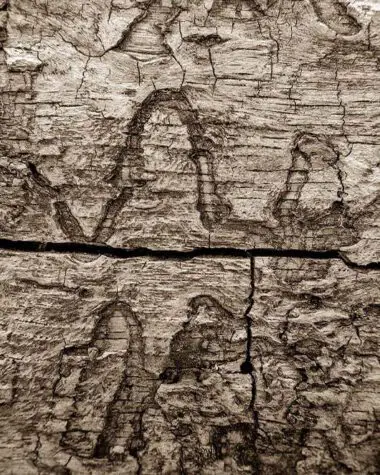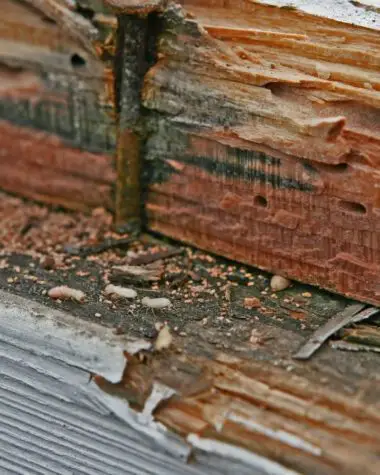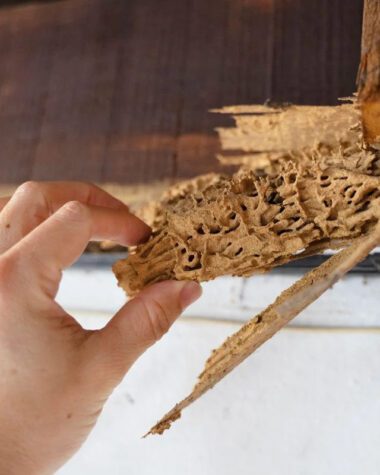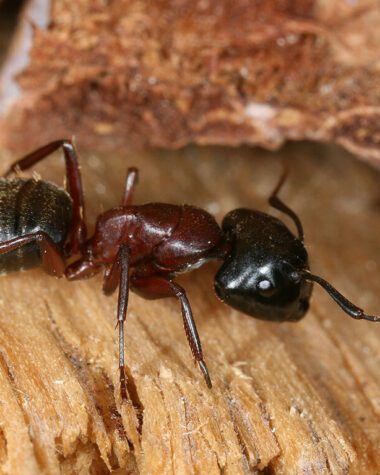Wood-decaying fungi infest and consume moist wood, causing it to rot. The most common reason why your wood got infested by wood-decay fungi is its excessive moisture since most fungi are attracted to it. When your wood is constantly exposed to moisture and water, it can be easily vulnerable to fungi infestation.
Although fungi infestations are natural processes, it is still a serious threat since fungi-infested wood attracts wood-destroying insects that can cause severe damage. Also, fungi can cause as much damage as wood pests, such as termites, to wood structures. They can degrade wood, causing cracks, leaks, and even irreparable structural problems.
Three Common Types of Wood-decaying Fungi
Wood-decay fungi consume wood in different ways. Some attack wood for carbohydrates, while other fungal class decay lignin. These fungi can be classified depending on the type of decay they cause.
Soft rot fungi
Soft rot fungi can spread more easily in extreme conditions with lower and higher temperatures that cause discoloration and cracking patterns in the wood. They can also infest woods with high levels of resistance to biological attacks, but they cannot completely decompose the interior of wood with thicker bark.
Like their namesake, the softness in areas of a wooden structure is a sign of soft-rot fungi infestation. The most common examples of soft-rot-causing fungi are:
- Chaetomiums are fast-growing dark-walled molds that often appear in white cottony and turn to gray and olive in color as they continue to infest the wood. These fungi are infectious to humans and can even cause allergic reactions. So, if you spot signs of Chaetomium, it is better to quickly eradicate the fungi using commercial pesticides.
- Ceratocystis are common wood-decay fungi that cause wilt diseases. The early signs of these fungi are amber-colored areas in the wood that turn dark brown as the infestation continues to grow worse.
- Kretzschmaria deusta, also known as brittle cinder, causes serious damage from degrading wood structures until it eventually breaks. You can easily spot these fungi after noticing a brittle fracture on your wood.
White rot fungi
White rot fungi are extremely aggressive varieties that can completely degrade and decompose wood, leaving residues usually whitish-yellow in color and fibrous in texture. There are two subtypes of white rot fungi.
- Subtype 1 appears like a corrosive, white rot on wood. These wood-decay fungi degrade the exterior and interior of wood simultaneously, so you can easily spot the damages in the infested wood.
- Subtype 2 causes pocket and spongy white rots on wood. You may confuse these white rot with soft rot fungi because some species exhibit a soft-decay appearance on the exterior, while it actually destroys the interior of the wood.
Brown rot fungi
Brown rot fungi can be your worst enemy regarding wood-infested damage. They leave darker-colored decay that cracks, shrinks, and even warps the wood severely. The most noticeable signs of this fungal infestation are the cube-shaped cracks in wood known as cubical fractures.
The typical species of brown rot fungi are:
- Serpula lacrymans known as true dry rot
- Fibroporia vaillantii known as mine fungus
- Coniophora puteana known as cellar fungus
- Phaeolus schweinitzii known as sulfur shelf
Causes of Wood Fungi Infestation
Most wood-decaying fungi attack hardwoods like maple and oak. They only require oxygen, favorable temperatures, water, and food to thrive on a certain wood. After coming into contact with exposed wood, they can spread fast to other wooden structures and furniture.
Excessive moisture in the wood often attracts a fungal invasion. In this condition, they can easily propagate and colonize the wood. Once the moisture content of your hardwood exceeds 20 to 30 percent, coupled with the temperature of around 40 and 90 degrees Fahrenheit, the wood-decaying fungi will begin to slowly infest your wood.
The best way to determine the best wood type and prevention against wood-decaying fungi in your home is to have a professional in wood-destroying problems assess the issue. Or you can widen your knowledge about wood infestation by browsing and reading useful tips online.
Prevention and Treatment For Wood Fungi Infestation
Moisture control is one of the best prevention methods to control the spread of wood-decaying fungi. You can start by using treated woods that are less likely to absorb moisture once exposed to moist and watery areas.
Once you notice a moisture build-up near your woodwork due to a leak or crack, fix the problem immediately. Keep your gutters and other water-way clear of debris to avoid water build-up. By doing so, you avoid creating potential habitats for pests.
But what if a fungi infestation has begun already? The first step to treatment is identifying which variety has infested your woodwork and property so you can apply the most suited solution to this. There can be environmentally friendly treatment, but commercial products like pesticides can also work well.
If the fungal damage is minimal, you can soak the wood in chemicals to clear all the fungi. But if the wood is severely damaged, it must be replaced and discarded so other good wood cannot be infested.
Conclusion
Wood infestation by fungi is dangerous because it can quickly degrade a wood structure once it has come into contact with them. They cause cracks, leaks, irreparable damage, and even attract wood-decaying insects.
Wood-decay fungi are mostly dependent on specific conditions like excessive moisture. Also, they often attack maple and oak wood, so if you have furniture made of these wood types, you need to ensure that they are not exposed to moisture and water to prevent a possible fungi infestation.
If you want to discover a broader knowledge about wood infestation, you can browse and read more related articles. You can find useful tips, guides, and an even wider understanding of the causes of wood infestation, such as wood-decaying insects.
